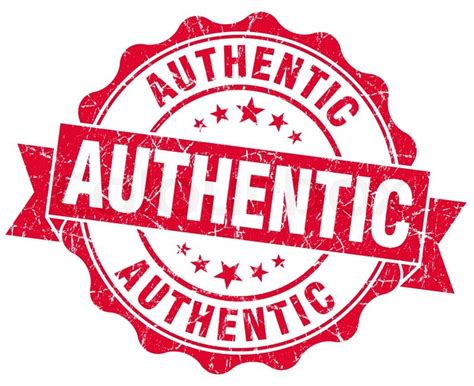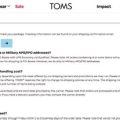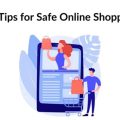How to Verify Product Authenticity: A Comprehensive Guide
1. What is Product Authenticity and Why is it Important?
Product authenticity refers to verifying if a product is genuine or a counterfeit. With the rise of online shopping, consumers are increasingly vulnerable to counterfeit goods. Authentic products meet quality and safety standards, while counterfeit goods can lead to financial loss and potential health risks.
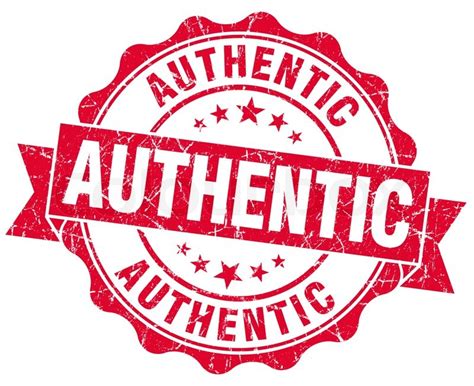
- Quality assurance: Genuine products are tested for quality.
- Consumer safety: Authentic products are safer to use.
- Brand integrity: Verified products maintain the reputation of trusted brands.
2. How Can I Check for Authenticity Codes on Products?
Many brands include authenticity codes on their products, allowing customers to verify them. These codes, found on labels or packaging, can be entered on the brand’s website to confirm authenticity.
Steps to Verify Using Authenticity Codes:
- Locate the code on the product’s packaging or label.
- Visit the brand’s official website.
- Enter the code in the verification tool provided.
- Confirm the product’s authenticity based on the results.
If the brand doesn’t offer online verification, contact customer support to assist with verification.
3. What Signs Indicate a Fake Product?
Counterfeit products often have telltale signs. To help identify these, inspect the product’s packaging, materials, and craftsmanship.
| Signs of Authenticity | Signs of Counterfeit |
|---|---|
| High-quality packaging | Poorly made packaging |
| Consistent logo and font | Logo may be slightly off or faded |
4. Are There Apps to Help Verify Product Authenticity?
Yes, there are mobile applications that allow consumers to scan barcodes or authenticity labels. Some of these apps are linked directly to brand databases, providing quick verification options.
- Brand-Specific Apps: Some brands have dedicated apps for verification.
- Third-Party Verification Apps: Apps like “Authenticateit” and “Checkfresh” allow scanning and verifying various product types.
5. How to Verify Luxury Goods and Designer Items?
Luxury goods often come with certificates of authenticity, holograms, or unique serial numbers. These items can also be verified by trusted third-party services specializing in luxury goods authentication.
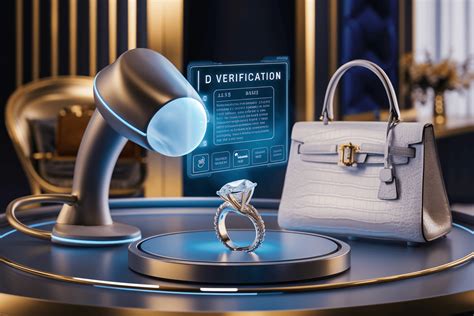
- Request a certificate of authenticity when purchasing.
- Check for holograms or other unique identifiers.
- Use a luxury goods authentication service if uncertain.
6. What Are the Risks of Buying Counterfeit Products?
Counterfeit products pose several risks, including poor quality, potential health hazards, and support for unethical production practices. Some counterfeit goods can also be harmful, containing toxic materials.
- Health Risks: Especially in cosmetics and pharmaceuticals.
- Financial Risks: You lose money on a low-quality item.
- Support for Illegal Activities: Counterfeit trade often funds illicit activities.
7. How to Use Brand Websites to Verify Authenticity?
Many brands provide dedicated sections on their websites to verify products. Some brands require serial number entry, while others use QR codes or holograms linked to an online verification system.
Steps:
- Locate the verification area on the brand’s website.
- Enter the necessary details or scan the QR code if available.
8. Can Packaging Be Used to Verify Authenticity?
Yes, packaging is often a key indicator of authenticity. Genuine packaging is typically high quality, with consistent colors and materials. Common counterfeit packaging issues include misspellings, mismatched colors, and poor material quality.
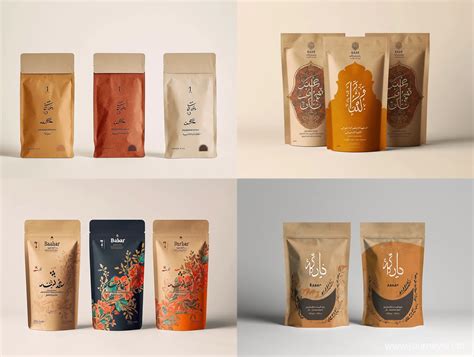
9. How to Authenticate Electronics and Technology Products?
Electronics often come with serial numbers that can be checked with the manufacturer. Additionally, high-value tech items often have a distinct warranty and registration process.
- Find the serial number on the product or box.
- Visit the manufacturer’s site and enter the serial number.
10. How to Verify Authenticity When Shopping Online?
Online shopping can increase the risk of buying counterfeit products. Always check the seller’s credentials, look for reviews, and verify the product’s origin if possible.
Shopping Tips:
- Buy from trusted, verified retailers.
- Avoid deals that seem too good to be true.
- Look for certifications and official seals.
Summary Table of Product Authenticity Tips
| Aspect | Verification Tips |
|---|---|
| Authenticity Codes | Check codes on brand sites |
| Luxury Goods | Use certificates and holograms |
| Online Shopping | Verify seller credentials |
FAQ
1. What is the easiest way to verify a product’s authenticity?
Using brand-specific verification codes or serial numbers online is one of the simplest ways.
2. Are authenticity codes always accurate?
Yes, but only when checked directly through official brand websites or apps.
3. Can fake products have serial numbers?
Yes, some counterfeiters replicate serial numbers, so use official brand resources to check.
4. Are there third-party services for product authentication?
Yes, especially for luxury items, electronics, and art.
5. Is it possible to verify authenticity through packaging alone?
Sometimes, as packaging differences can signal a fake, but it’s not foolproof.
6. Which products are most often counterfeited?
Common counterfeits include luxury goods, electronics, and cosmetics.
7. How does online shopping increase the risk of counterfeits?
Online markets have fewer direct quality checks, so always buy from trusted sites.

